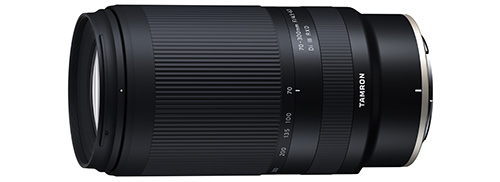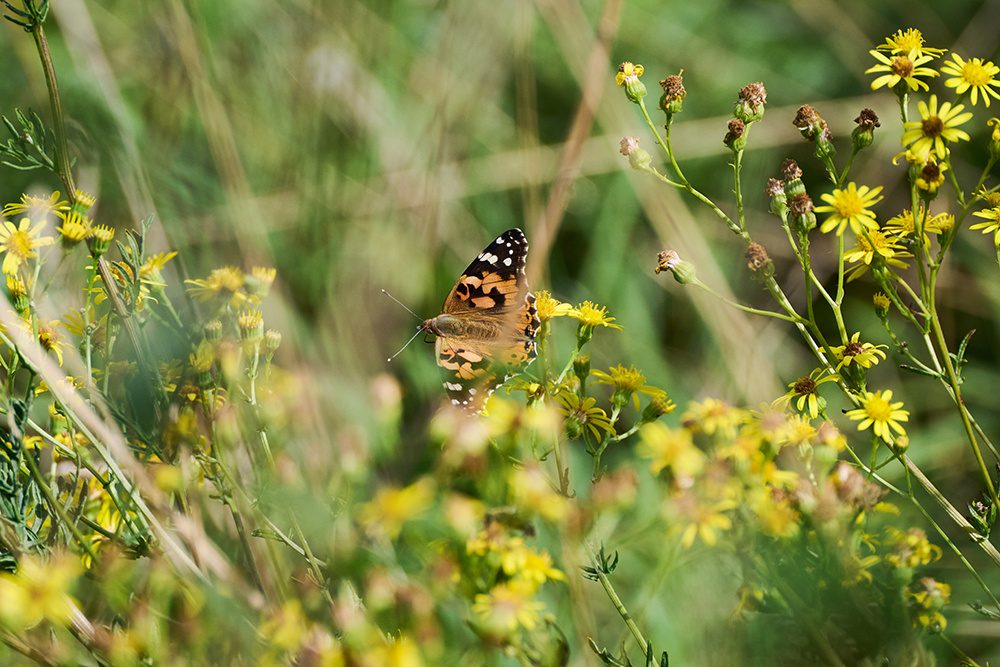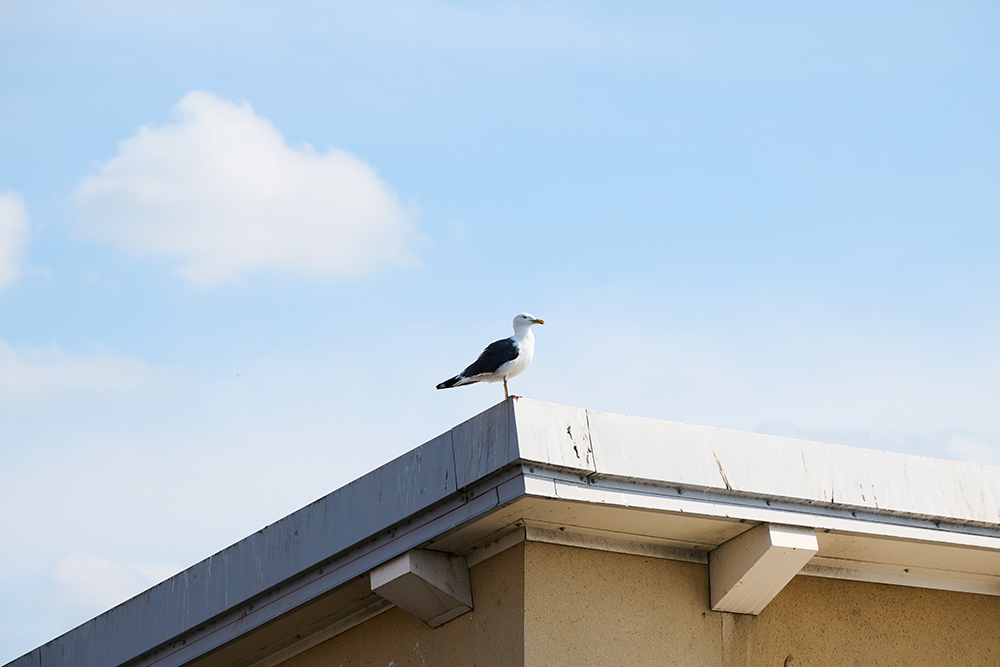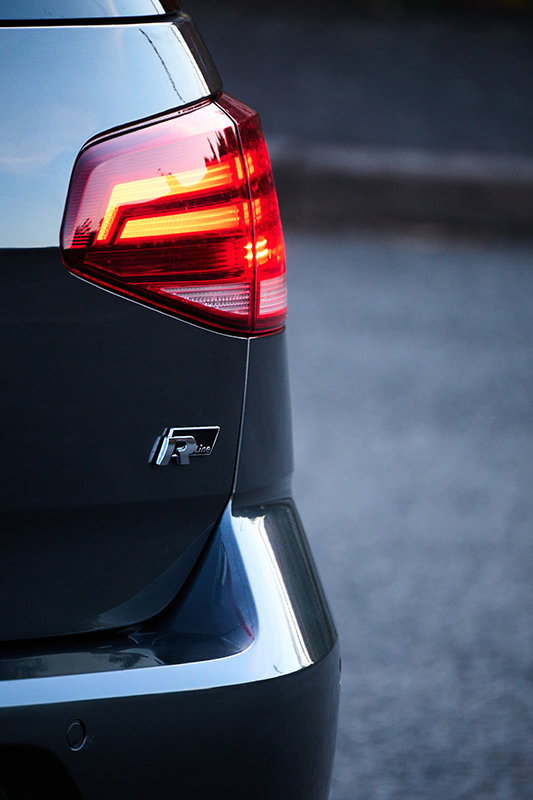Testing Tamron's First Lens for Nikon Z Mount
I recently had the chance to test the Tamron 70-300mm f4.5-6.3 Di III RXD on the Nikon Z9 for a few days and I thoroughly enjoyed the experience. This is the first lens by Tamron for the Nikon Z mount and they have certainly made a case for themselves. It also just happens to be the smallest and lightest telephoto lens in the world with a zoom range of 70-300mm.

First Impressions
Initial impressions are good. The lens feels solid in the hand while also being surprisingly light for such a versatile telephoto. Plus, Tamron claims the lens is weather-sealed while also offering a USB-C port for firmware updates, both of which are really useful features.
The lens barrel does extend during zooming but on a camera body like the Z9 even at 300mm the lens still felt balanced and secure in the hand. The lens wasn’t overly front-heavy like some others which should make it easier to use for long shooting periods common to sports and wildlife photography.
The zoom ring is large with defined vertical grooves and has a decent amount of grip to it, providing just enough resistance when turning. The manual focus ring has less resistance making quick manual focus adjustments easier, however, I would have liked to have seen a different texture or pattern for the focus ring to be able to distinguish it more easily while not taking your eye away from the EVF.
Autofocus Performance
I found the autofocus performance of the lens to be good enough to keep up with the speed of the Z9’s incredible autofocus system which should be a good indicator of what we can come to expect from Tamron’s new lenses for the mirrorless systems.
Tamron is presenting itself as an ever more viable alternative to Nikon’s own mirrorless glass and a strong competitor of Sigma for the third-party market. Making their first Nikon Z lens a focal length that Nikon has not addressed is a smart move. Most of the time in normal shooting situations I didn’t even notice that I wasn’t using a native Nikon Z lens.
It might not be the lowest aperture telephoto but the versatility it offers in focal length may matter more to a lot of photographers. And even in more challenging low light situations the lens still focussed extremely fast with great accuracy.
When photographing very erratic moving subjects such as a butterfly the lens did a fantastic job of keeping up. While it didn’t lock onto the subject immediately when it did focus it was accurate and kept the correct part of the butterfly in focus.
It may not be up to the standard of the most demanding fast-action photographers but that’s to be expected for a lens almost a quarter of the price of Nikon’s own offering. The important thing is that I never found myself in a situation where the autofocus was frustrating me.
The extra 100mm of range you get compared to a 70-200mm really does help as well, especially when you can’t always get closer to what you’re photographing such as butterflies.
Best Uses
I can see some of the best uses for this lens being sports/motorsports, wildlife, landscapes, detail shots and portraits (if you have enough studio space for it). I used the lens for street photography and the long focal range was ideal for those unobtrusive candid moments. Sitting by an open window in a cafe and zooming freely without having to move made me appreciate how easy telephoto lenses make it to get the composition you want.
In this image, you can see how well the lens separates the man from his surroundings.
ISO 1000, 1/1600, f8 at 300mm
The compression of backgrounds at focal lengths like 200mm and 300mm gives images a certain cinematic feel and lets you isolate people, animals, and objects in a special way because it’s so different from the perspective our eyes are used to seeing. This is especially good for portraits as longer focal lengths distort facial features less and can offer a more flattering impression of someone.
When you pair this lens with noise performance and IBIS as capable as the Z9’s the variable aperture becomes less of an issue. Even at 300mm shake is so well controlled by the camera that I could simply focus on the composition and keep track of the subject matter.
I edited all the photos I took using Capture One with the ‘film standard’ curve applied. I found the colours straight out of the lens with Nikon’s own ‘standard’ profile to be very pleasing to the eye, neither being too oversaturated nor too flat.
In this image, you can see that the is a nice separation between the butterfly and the background soft bokeh on the flowers and in the background.
ISO 500, 1/1600, f8 at 300mm
ISO 500, 1/1600, f8 at 160mm
Sharpness, CA, Distortion & Vignetting
The lens design consists of 15 elements in 10 groups with one low dispersion lens element used to suppress axial chromatic and other aberrations that are more likely to occur with telephoto zoom lenses. Even though this lens has no aspherical lens elements (cost-saving) I struggled to find any noticeable chromatic aberration, even in very high contrast situations which impressed me.
At 70mm there is almost zero distortion and the corners of the image remain bright with only a slight reduction in sharpness. At the extreme 300mm end of the range, there is some distortion and vignetting.
At 300mm the images are still perfectly usable but may need some vignette and distortion correction applied depending on the preference of the photographer. Sometimes a bit of vignetting can help guide the eye into the centre of the image which is usually where the subject is anyway, particularly in wildlife photography, so this is not necessarily a negative point.
ISO 3200, 1/100, f6.3 at 300mm
Who should buy this lens?
This lens could be an excellent first lens for photographers wanting to get into more wildlife, sports, or landscape photography or even someone who just wants to explore longer focal lengths without breaking the bank.
While the Nikkor Z 70-200mm f2.8 VR S might be made for optical perfection Tamron 70-300mm f4.5-6.3 Di III RXD is more about portability and performance value for money. I think this lens is a great complement to any Nikon Z shooter kit either as a main or backup lens.
Convinced yet?
You can buy the Tamron 70-300mm f4.5-6.3 Di III RXD here >
Read next
- Architecture Photography with the Tamron 17-70mm f2.8
- Nikon Z9 is Built for the Pro
- The Rugged OM System Tough TG 7 Review
Thank you!
Thanks for taking the time to read our blog, we really do hope they help you out and answer some of your questions. If you still have some unanswered, then please feel free to get in touch with our team of experts.
We have a LiveChat option on our website and we can, of course, be contacted via our email, we're also on the end of the phone too! Read more on how to contact us here >
Want to write for us?
If you've got experience with producing content on photo, video and/or optics products or techniques then we would love to hear from you. Contact our blog editor, Bea, with a sample of your work at [email protected].
- By Alex Mitchell
- 24 Nov 2023







































































